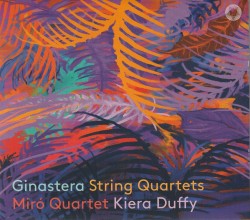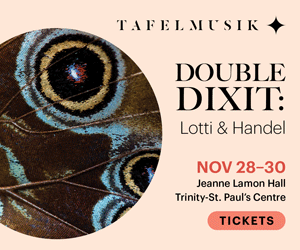Lifeblood - Raphael Weinroth-Browne
 Lifeblood
Lifeblood
Raphael Weinroth-Browne
Independent (raphaelweinroth-browne.bandcamp.com/album/lifeblood)
Thirty-three year old Ottawa-raised,Toronto-based cellist Raphael Weinroth-Browne has already had a long and diverse career, and this latest offering demonstrates his rocket trajectory has no plans to slow down. Weinroth-Browne’s early work in contemporary classical music has grounded his solid technique, and his growth and expertise continue to be explosive. From his early years with Norwegian prog-rock band Leprous in 2016, and studio albums too numerous to mention, his experience and breadth of skill defy description. Continuing from his early days with the duo Kamancello, Muskox, The Visit, and Glass Armour, where Weinroth-Browne plays a multitude of instruments, this artist has refused to be stapled down as a classical player. Often described as a “Black Metal” cellist, his growing stage presence and elevated production quality in sound, film, dance compositions and live performances has given him a cult-like following.
With Lifeblood, Weinroth-Browne pushes further into his Rock/Metal Opera journey, self-producing some of his best work yet. With a Goth-like presentation, including artwork and photographs of body art both devoted to snakes, this album leaves no room for doubt as to where this artist is going.
From the pulsating Neanderthal to the transcendent, starry, restful motion of Winterlight and the heavy-metal Possession, the precision of every composition keeps the work taught, each piece expanding to an audio version of wide-screen cinema. The final Glimmering‘s freely phrased opening gives way to layered pizzicato lines overlain with cello upon cello upon cello, painting colours over colours and topped with fervent motion upon motion. Even being familiar with Weinroth-Browne’s style, this track’s mixing, panning and overall production really shines the album to a close.







